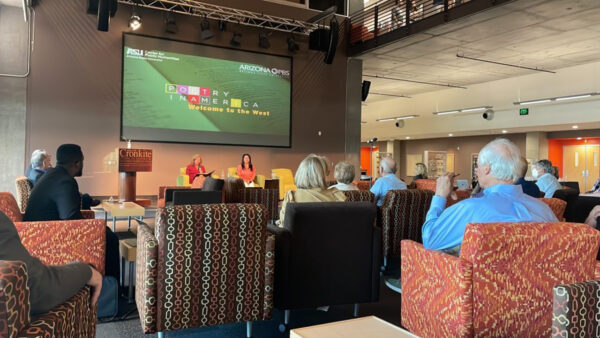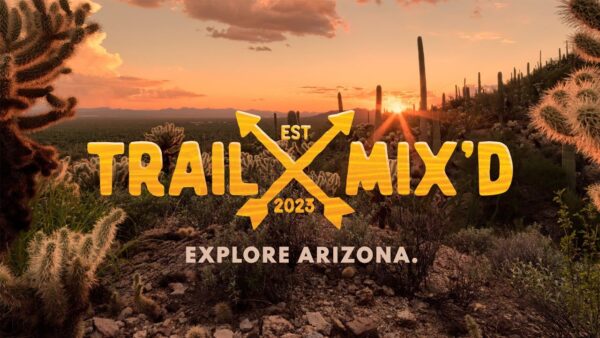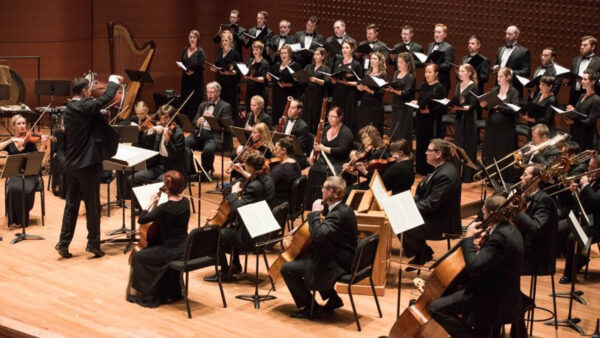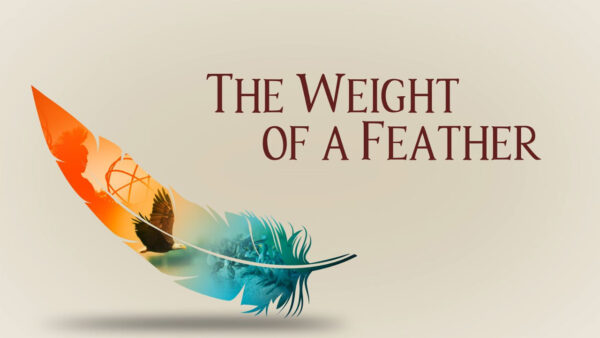NOVA “Hunt for the Supertwister”
May 9, 2012
On May 3, 1999, one of the most powerful tornadoes ever recorded carved a path of complete destruction near Oklahoma City. To scientists, the supertwister held sobering lessons about the future for rapidly expanding cities in tornado-threatened areas. Most tornadoes form suddenly and with little warning. But now meteorologists are on the verge of a breakthrough that may solve the puzzle of how these killer storms spawn and where they are likely to strike. NOVA follows stormchasers as they probe the tornado’s deadly secrets on “Hunt for the Supertwister,” airing Wednesday, May 9, 2012 at 9 p.m. on Eight.
The program features noted researchers Joshua Wurman and Howard Bluestein of the University of Oklahoma — rival stormchasers who have perfected the art of tracking down tornadoes with instrument-laden vehicles designed to gather data from as close to the churning vortex as possible.
Also included are Kelvin Droegemeier of the University of Oklahoma and Lou Wicker of the National Severe Storms Laboratory, who are independently creating computer models that provide exciting insights into the intricate sequence of steps that goes into spawning a twister.
The goal is to provide more warning for all tornadoes, and especially for rare “supertwisters,” classed F4 or F5 on the Fujita scale of 0–5, and packing winds in excess of 200 miles per hour.
The 1999 Oklahoma City tornado was an F5, with winds clocked at 316 miles per hour by Wurman’s mobile tracking unit, the strongest winds ever documented in nature and capable of wreaking havoc that can only be compared to the effects on the fringes of a nuclear explosion.
Contrary to popular belief, such monsters are not confined to the notorious Tornado Alley region from Texas to the Dakotas. On April 28, 2002, a supertwister struck the town of La Plata, Maryland, 40 miles south of Washington, DC. And in 1953, a supertwister devastated portions of the city of Worcester, Massachusetts, and the surrounding area.
NOVA goes on a supertwister hunt with Wurman and Bluestein on a day that threatens tornadoes all across the Texas Panhandle.
Wurman heads north and captures the first twin tornadoes ever recorded on radar. Meanwhile, Bluestein stays in the southern Panhandle and eventually bags his own treasure-trove of twister data.
Though neither encounters an F4 or F5 storm, their observations will shed further light on the dynamics of tornado creation.
Not to be outdone, computer modeler Lou Wicker captures the biggest prize of all: a supertwister in the process of formation in the equations of his program. Having input data on an F4 storm that devastated Manchester, South Dakota, on June 24, 2003, he sees a supertwister take shape with uncanny similarity to the real thing.
)



















